Cats have been beloved companions to humans for centuries, and their ability to communicate has always been a subject of fascination. While cats may not speak our language, they possess a unique set of behaviors and vocalizations that allow them to effectively communicate their needs, desires, and emotions to their human counterparts. Understanding how cats communicate with humans can deepen the bond between pet and owner, leading to a happier and more fulfilling relationship. In this blog post, we will explore the various ways cats communicate with us, providing valuable insights into their body language, vocalizations, and other forms of feline communication. Whether you are a longtime cat owner or considering bringing a feline friend into your life, this post will help you decipher the subtle signals your cat is sending and forge a stronger connection with your furry companion. So, let's dive into the fascinating world of cat communication and learn how our feline friends connect with us on a daily basis.
Briefly introduce the topic of how cats communicate with humans
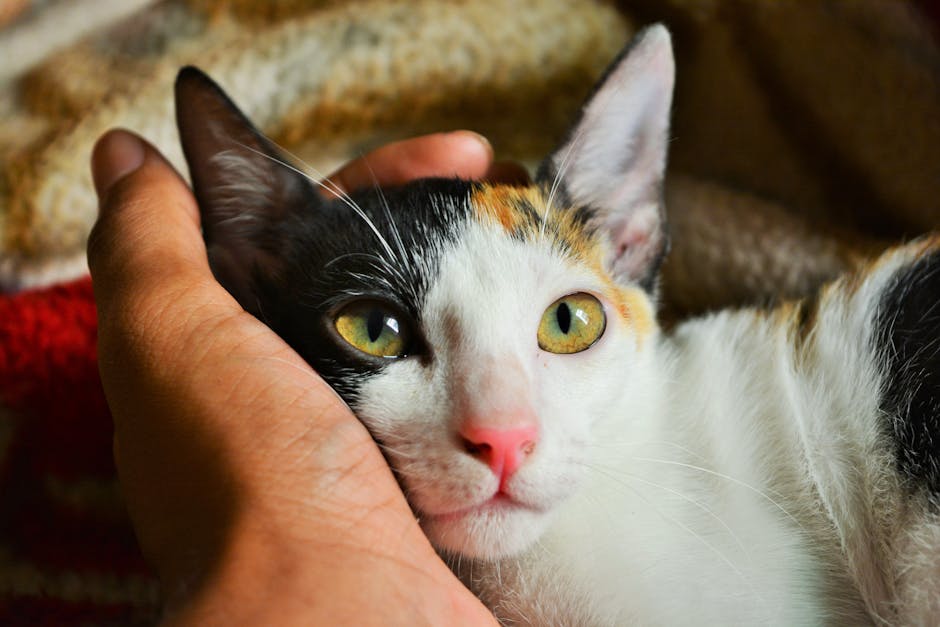
Cats, known for their independence and mysterious nature, have a unique way of communicating with humans. While their language may be different from ours, they have developed various ways to convey their thoughts, needs, and emotions. Understanding how cats communicate with humans can not only enhance our bond with these furry companions but also help us provide them with the care they require.
One common way cats communicate with their human counterparts is through body language. Just like humans, cats use their body movements to express themselves. For instance, a relaxed and loose posture usually indicates that they are content and at ease. On the other hand, an arched back and puffed-up tail may suggest fear or aggression. By learning to read their body language, we can gauge their current mood and respond accordingly.
Vocalizations also play a crucial role in a cat's communication toolkit. From soft purrs to loud meows, each sound carries a specific meaning. For example, a content and relaxed cat may purr softly, indicating that they are comfortable and enjoying their surroundings. On the contrary, a continuous meowing might indicate hunger, discomfort, or a desire for attention. By paying attention to their vocalizations, we can decipher what they are trying to convey and respond appropriately.
Beyond body language and vocalizations, cats also communicate through their eyes. Their eyes are incredibly expressive and can convey a range of emotions. A slow blink from your cat can be seen as a sign of trust and affection, much like a gentle nod from a friend. Similarly, prolonged eye contact coupled with dilated pupils may indicate aggression or fear, signaling that your cat requires some space and reassurance.
Apart from these primary modes of communication, cats use an array of other behaviors to interact with humans. For instance, rubbing against our legs is not just a way to seek attention but also signifies marking territory and displaying familiarity. Additionally, the positioning of their ears, tail, and whiskers can provide valuable insight into how they are feeling and whether they are comfortable in their current environment.
Understanding how cats communicate with humans is a continuous learning process. By recognizing and interpreting their body language, vocalizations, eye contact, and other behaviors, we can strengthen our bond with these enigmatic creatures. Whether it's responding to their needs, offering comfort, or simply enjoying their company, effective communication is the key to building a harmonious relationship with our feline friends.
Verbal communication

Verbal Communication:
While cats may not be known for their ability to talk like humans do, they still have various ways of communicating verbally with us. Although they cannot form words, they utilize different vocalizations to express their thoughts and needs. Here are a few of the most common verbal cues that cats use to communicate with their human companions:
1. Meowing: This is perhaps the most familiar vocalization that cats use. Meowing is not something they typically do when communicating with other cats, but they have learned that it often gets our attention. Different types of meows can signify different things, such as a short, soft meow to say hello or a long, loud meow to express hunger or frustration. Paying attention to the context and tone of the meow can help you understand what your cat is trying to convey.
2. Purring: Cats don't reserve their purrs solely for moments of contentment. They also purr when they are anxious, in pain, or seeking attention. While a gentle purr usually signals happiness and relaxation, a louder or more continuous purr might indicate that something is bothering them. It's important to observe your cat's body language and the overall situation to interpret their purrs correctly.
3. Hissing and growling: When a cat feels threatened or agitated, they may hiss or growl as a warning sign. This vocalization serves as a way to ward off potential threats and establish boundaries. If your cat starts hissing or growling, it's best to give them space and avoid any actions that might escalate the situation. Respect their need for personal space until they feel safe and calm again.
4. Chirping and trilling: These unique vocalizations are typically a sign of excitement or happiness. Cats often use chirping and trilling when they see birds, squirrels, or other animals through a window. It can be seen as a form of frustration or longing to hunt. Responding to these vocalizations can involve giving your cat interactive toys or playing together to help channel their energy and instincts.
Remember, as with any form of communication, understanding your cat's verbal cues takes time and patience. Each cat is unique and might have their own individual way of expressing themselves. Paying attention to their body language and the overall context can help you decipher their messages and strengthen your bond with your feline companion.
Discuss the various sounds and vocalizations that cats make to communicate with humans, such as meowing, purring, and hissing
Our feline friends have a unique way of communicating with us, using a combination of sounds and vocalizations that can express a range of emotions and needs. By understanding these sounds, we can better connect with our cats and provide them with the care and attention they require.
Meowing is perhaps the most common sound that cats make to communicate with humans. While it is primarily used as a means of getting our attention, meowing can also convey various messages. A short and soft meow may indicate a friendly greeting, while a loud and persistent meow could be a sign of hunger or demand for playtime. It is important to pay attention to the tone and context of the meow to fully understand what our cats are trying to convey.
Purring is an enchanting sound that many cat owners find comforting. Contrary to popular belief, cats don't always purr when they are content. Purring can also signify stress, pain, or even as a self-soothing mechanism during an anxious situation. It is crucial to take note of the cat's body language and other accompanying signals to determine the true meaning behind the purring.
Hissing is a vocalization cats often use when they feel threatened or scared. It is their way of warning predators or potential threats to back off. If a cat hisses, it is essential to respect their boundaries and give them the space they need until they feel safe again. Hissing is usually accompanied by other defensive body language, such as flattened ears, an arched back, and an upright tail.
In addition to these common sounds, cats also communicate through non-vocal means. They use body language, such as tail movements, ear positions, and eye expressions, to express their moods and intentions. Understanding these visual cues alongside their vocalizations can provide us with a more comprehensive understanding of our furry companions.
Each cat has its own unique language of communication, and it is essential to spend time observing and getting to know our feline friends individually. Building a strong bond with our cats involves listening to their sounds, interpreting their body language, and responding accordingly. By doing so, we can create a safe and nurturing environment for our cats, further strengthening the special bond between humans and their feline companions.
Explain the meaning behind different types of meows and how cats use them to convey specific messages
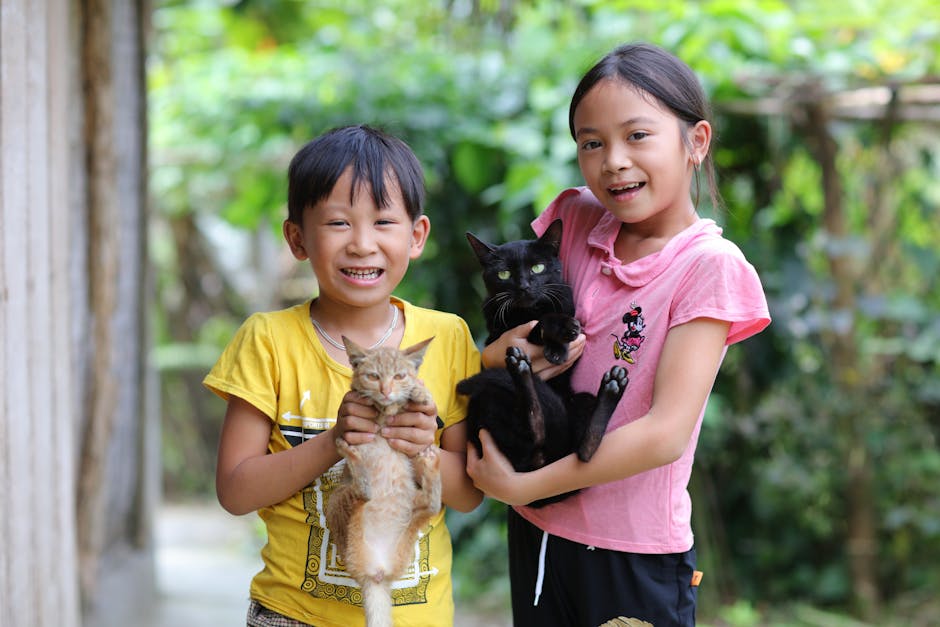
Cats are known for their ability to communicate with humans through a wide range of vocalizations, with each meow carrying its own unique message. Understanding the meaning behind these different types of meows can provide valuable insights into your feline companion's needs and emotions.
1. The Standard Meow: This is the most common type of meow that cats use to grab our attention or seek interaction. This friendly greeting can indicate that your cat is happy to see you and is looking for some company or playtime.
2. The Demanding Meow: Sometimes, cats will use a more insistent and persistent meow to express their specific needs or wants. They may use this meow to communicate that they are hungry, thirsty, or in need of attention. It's crucial to pay attention to the context and respond accordingly to ensure their well-being.
3. The Purring Meow: Purring is one of the most delightful sounds a cat can make, usually indicating contentment and relaxation. However, some cats may also purr when they are anxious or in pain, so it's important to assess their body language and overall behavior to determine the underlying message.
4. The Hissing or Growling Meow: These types of vocalizations are used as warning signs or displays of aggression when a cat feels threatened or provoked. It is crucial to give them space and try to identify the cause of their discomfort to avoid any potential harm or stress.
5. The Chirping Meow: Often resembling the sounds birds make, chirping meows are typically used by cats to express excitement and curiosity. You may observe this behavior when they're watching birds or other prey through a window or during interactive play with toys.
6. The Trilling Meow: A trill is a mix of a meow and a purr, commonly used by mother cats to communicate with their kittens or by adult cats to greet their human companions. It is a warm and inviting sound, implying affection and companionship.
7. The Silent Meow: Although it may seem contradictory, some cats may open their mouths without making any sound. This "silent meow" is often employed when they want attention but do not want to attract the attention of potential prey.
Understanding the various types of meows can help you decipher your cat's intentions and strengthen your bond with them. Paying attention to their body language, the context of the situation, and any accompanying behaviors will provide you with a comprehensive understanding of what your feline friend is trying to communicate. By listening and responding to their unique vocalizations, you can ensure a mutually fulfilling relationship with your cat.
Body language
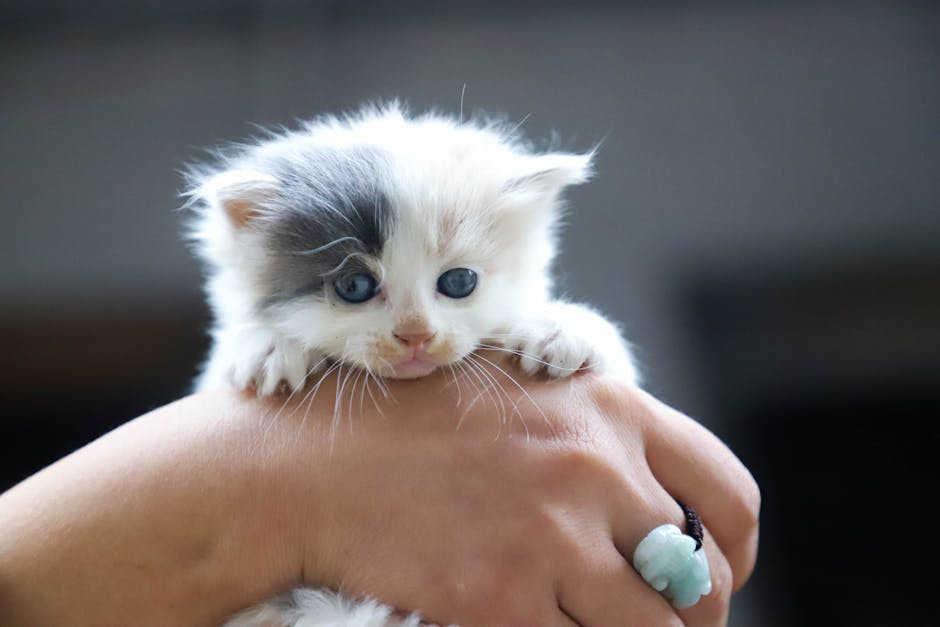
Body:
Body language is a powerful tool for communication, not only among humans but also between humans and cats. Understanding a cat's body language can greatly enhance our ability to interact with them effectively. Here are some key gestures and postures to decode a cat's body language:
1. Tail position: The position of a cat's tail is a good indicator of their mood. If their tail is held high, it shows confidence and a friendly disposition. A slowly swaying tail often signifies curiosity, while a puffed-up tail indicates fear or aggression. Pay close attention to tail movements to gauge a cat's emotional state.
2. Ears: Just like tail position, a cat's ears can provide insight into their mood. Upright ears indicate that they are alert and interested, while flattened ears suggest fear or aggression. If their ears are slightly back and relaxed, it usually signifies contentment and relaxation.
3. Eye contact: Cats communicate through eye contact, and prolonged and direct eye contact is often seen as a challenge or threat. Blinking slowly at a cat can be a friendly gesture, indicating trust and a desire to establish a connection. Avoid staring directly into a cat's eyes as it might make them uncomfortable.
4. Posture: A cat's body posture can reveal a lot about their intentions. If they are crouched low with their body tense and tail twitching, they are likely preparing to pounce or play. On the other hand, if their body is relaxed and sprawled out, it indicates comfort and contentment. A hunched or arched back, accompanied by raised fur, is a sign of fear or defensive behavior.
5. Vocal cues: While body language is essential for decoding a cat's communication, vocal cues also play a significant role. Meowing, purring, hissing, or growling are all vocalizations that convey different messages. Learn to recognize the various sounds and associate them with the corresponding emotional states to better understand your feline friend.
Remember, decoding a cat's body language takes practice and observation. Each cat may have unique nuances in their communication style, so it is crucial to pay attention to individual preferences and behaviors. By familiarizing ourselves with their body language, we can establish a stronger bond with our feline companions and ensure positive interactions in our daily lives.
Explore the significance of a cat's body language in communicating with humans

Cats have a unique and intricate way of communicating with humans, and understanding their body language is crucial to building a strong bond with our feline friends. From subtle gestures to more obvious cues, a cat's body language offers invaluable insights into their thoughts, feelings, and intentions.
One important aspect of a cat's body language is their tail. The position, movement, and overall appearance of the tail can convey a variety of messages. A relaxed, gently swaying tail generally indicates a content and calm cat. On the other hand, a puffed-up tail may reveal a feeling of fear or aggression.
Cats also utilize their ears to express their emotions. When a cat's ears are in their natural, relaxed position, it usually means they are at ease. However, flattened or backward-facing ears indicate anxiety, fear, or hostility. It's essential to be mindful of these cues to ensure we create a comfortable environment for our cats.
The position of a cat's body is another significant indicator of their emotional state. A relaxed and open body posture with a slightly arched back denotes a content and friendly cat. However, a tucked or hunched body position implies they may feel scared or threatened. It's important to pay attention to these visual cues to help our cats feel safe and secure.
Furthermore, a cat's eye contact or lack thereof can also provide insights into their communication. Direct eye contact from a cat signals trust and affection, as well as a desire for interaction. Avoiding eye contact, however, may indicate fear or apprehension. It's recommended to approach these situations with patience and respect for the cat's boundaries.
Understanding a cat's body language can prevent miscommunication and potential misunderstandings between humans and our feline companions. By recognizing and respecting their signals, we can create a positive and enriching environment for our cats. Building trust and strengthening our bond with them becomes easier when we actively engage with their unique forms of communication.
In conclusion, a cat's body language plays a crucial role in their communication with humans. By observing their tail movements, ear positions, body postures, and eye contact, we can better understand their emotions and respond accordingly. Effective communication, along with love and care, is the key to a harmonious relationship with our feline friends.
Explain common gestures, postures, and movements cats use to express their emotions, such as tail flicking, ear positioning, and eye contact
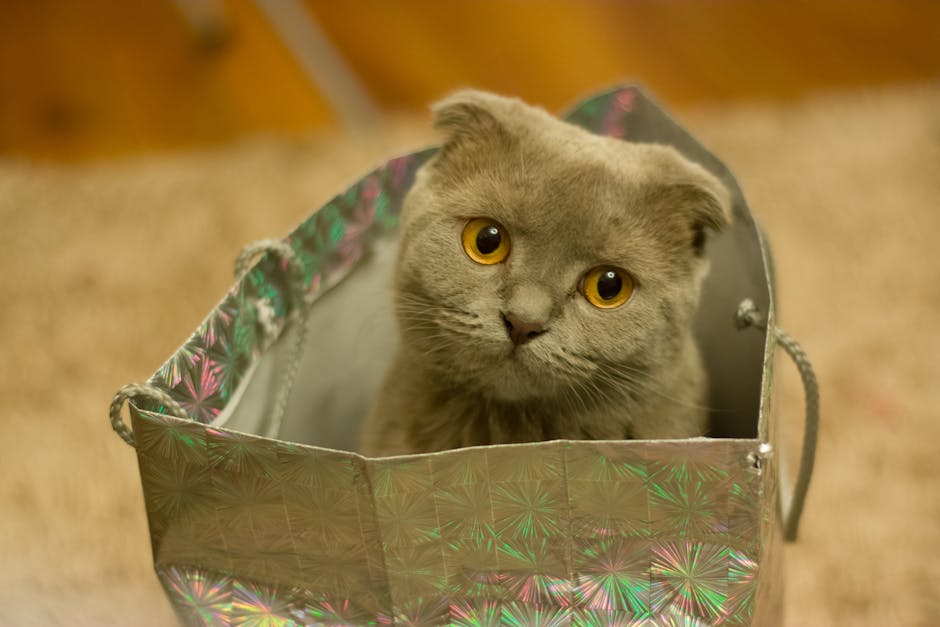
Understanding how cats communicate with humans is essential for cat owners. While cats may not speak our language, they use various gestures, postures, and movements to express their emotions and needs. By paying attention to their body language, we can better understand our feline friends. Here are some common gestures and behaviors cats use to communicate:
1. Tail flicking: A cat's tail can reveal a lot about their mood. If a cat's tail is flicking back and forth rapidly, it generally indicates agitation or annoyance. Conversely, a slow and gentle wag indicates a relaxed and content feline friend.
2. Ear positioning: Cats use their ears to convey their emotions. When a cat's ears are pointing forward, they are typically relaxed or interested in something. In contrast, flattened ears against their head often indicate fear, anxiety, or aggression.
3. Eye contact: Eye contact plays a crucial role in cat communication. If a cat maintains direct eye contact with you, it can signal trust and affection. However, prolonged eye contact may be perceived as a challenge or threat to some cats. Respect their boundaries and avoid staring directly into their eyes if they seem uncomfortable.
4. Kneading: You've probably witnessed your cat kneading or massaging soft surfaces like blankets or your lap. This behavior is typically a sign of contentment and relaxation, reminiscent of their kittenhood when they kneaded their mother's teats to stimulate milk flow.
5. Purring: The soothing purring sound is one of the most recognizable ways a cat expresses contentment, relaxation, or even happiness. However, it's essential to note that cats also purr when they are stressed or in pain. Pay attention to accompanying body language to understand the context behind a cat's purring.
6. Meowing: While cats don't meow to communicate with each other, they have developed this vocalization specifically for human interaction. Meows can indicate various things, such as hunger, affection, or a desire to go outside. Each cat's meow has its unique meaning, so it's helpful to become familiar with your cat's specific vocal cues.
Understanding a cat's body language can deepen the bond between you and your feline companion. By observing their tail flicks, ear positions, eye contact, and other behaviors, you can better interpret their needs, emotions, and overall well-being. Remember, every cat is unique, so take the time to learn and understand your cat's individual communication style.
Facial expressions
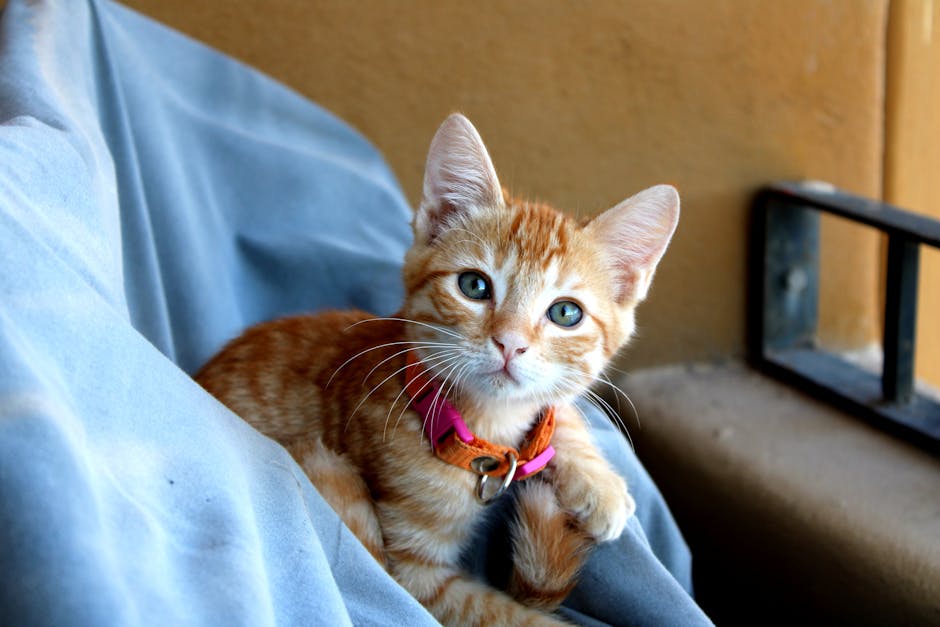
Facial expressions play a crucial role in how cats communicate with humans. While subtle, these non-verbal cues provide valuable insights into their emotions and intentions. Understanding a cat's facial expressions can help us better interpret their needs, moods, and overall well-being.
One common facial expression displayed by cats is the "slow blink." When a cat slowly closes and opens their eyes, it signifies trust and relaxation. It is often considered a sign of affection, especially when directed towards their human companions. Responding with a gentle blink or returning the gesture can further strengthen the bond between you and your feline friend.
Another important facial expression to observe is the positioning of their ears. When a cat's ears are relaxed and facing forward, it typically signals a calm and content state. However, if their ears suddenly flatten or twitch backwards, it could indicate fear, anger, or aggression. Understanding these ear movements can help us assess the situation and respond appropriately to avoid any potential conflicts.
The mouth and whiskers also convey valuable information about a cat's feelings. When a cat's mouth is slightly open and relaxed, it generally implies a content or relaxed state. On the other hand, if their mouth is tightly closed or accompanied by hissing, it signals discomfort, fear, or stress. Similarly, observing the position and movement of their whiskers can reveal their mood. Whiskers forward and relaxed indicate a calm demeanor, whereas whiskers pulled back against the face suggest fear or agitation.
Furthermore, observing a cat's eyes can provide critical insights into their emotional state. Dilated pupils often accompany excitement, fear, or aggression. Conversely, constricted pupils may indicate stress, anxiety, or physical discomfort. It is important to note that considering the overall context and body language is essential for accurately interpreting these cues.
Being mindful of these facial expressions can enhance our ability to understand and communicate with cats effectively. By recognizing their emotions and needs through their subtle facial cues, we can ensure their well-being and strengthen our bond with our feline companions.




